South Korea
Launch Analysis: 2021 Sets Record for Successful Orbital Launches

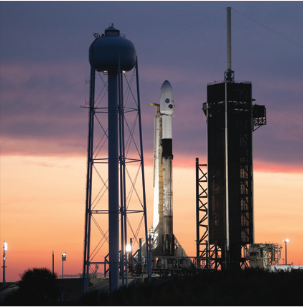
Successful launches soared past annual records in 2021 with 134, beating out the previous record of 128 launches, last met in 1984. Chinese launches grew by. . .
2021 TSR – Space Symposium Special Edition: Three Dimensions of Building Toward a Sustained Lunar Return

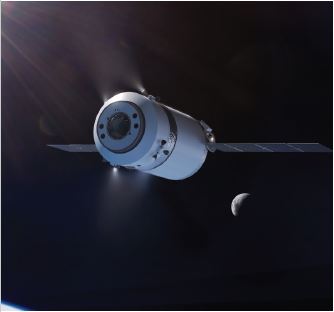
The Moon is re-emerging as a focus for global space exploration activities at a level and tempo that will surpass the peak of lunar activities during the space race of the 1960s and 1970s. Governments and commercial entities . . .
2021 TSR – Space Symposium Special Edition: Global Space Economy Climbs Despite Pandemic, Disrupted Government Spending

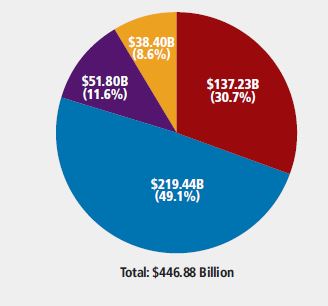
The global space economy reached a new high of nearly $447 billion in 2020, an increase of 4.4% from a revised 2019 figure of $428 billion. The 2020 figure is 50% greater than a decade ago, and 176% greater than . . .
2020 Global Space Economy Climbs Despite Turbulent Year, Disrupted Government Spending
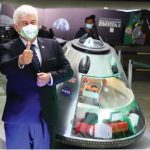
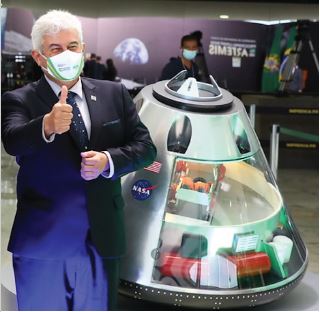
International successes in space, such as the Hope, Perseverance, and the Zhurong missions to Mars, don’t happen without years of advance government spending. In 2020, as nations struggled to overcome a global pandemic, space spending varied widely across countries and agencies.
2020 TSRQ3 – Infrastructure: Human Spaceflight


Since Yuri Gagarin’s orbital flight around the Earth in April 1961, humans in pioneering new technologies and pushing the limits of what’s considered possible. This year ushered in a new era of human spaceflight when SpaceX became the first . . .
2019 TSRQ3 – Education STEM Proficiency


The science, technology, engineering, and mathematics (STEM) workforce is at the core of the space industry—from the mathematicians and astronomers who analyze space to the engineers who design and build the launch vehicles that get us there. This workforce is enabled . . .
2019 TSRQ2 – Economy: Non-U.S. Government Space Investment


Growth in the government investment sector of the space economy outpaced commercial sectors as the U.S. and non-U.S. government shares of the global space economy between 2017 and 2018. . .
2019 TSRQ1 – Infrastructure: Spacecraft Overview
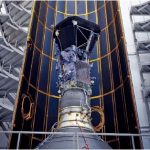

As of March 6, 2019, information was available about 38 nations that deployed and operated 465 spacecraft during 2018. The number of nations operating spacecraft grew 10% from 2017 to 2018, with 75 total nations operating spacecraft. While . . .
2018 – Economy: Space Economy

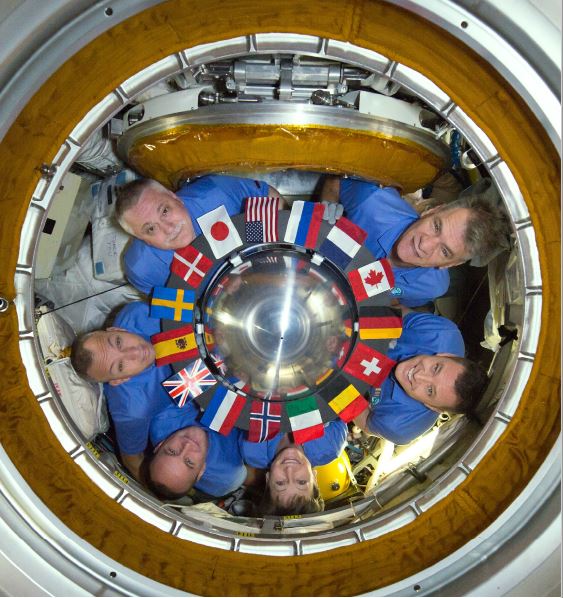
The global space industry grew 7.4% in 2017, reaching a total of $383.5 billion. This continues a broad upward trend that spans more than a decade. Traditional sectors for space commerce have continued to grow and are . . .
2017 – Government Space Budgets
Global government spending increased in 2017, totaling $76.2 billion, up from $72.7 billion in 2016. Government spending accounted for 19.9% of the global space economy . . .